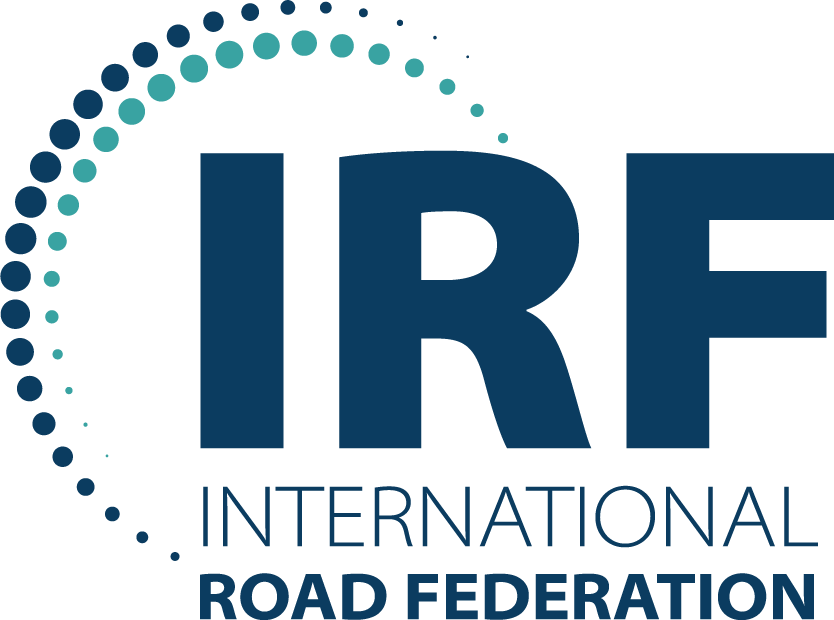SAMOA
ROAD SAFETY PROFILEThe ATO road safety profiles offer insights into the road safety in 37 Asia-Pacific countries by utilizing road safety related data from various sources and policy information extracted from a range of documents.
These road safety profiles were developed by the Asian Transport Observatory in collaboration with the Asia Pacific Road Safety Observatory (APRSO) and the International Road Federation (IRF). This September 2025 edition updates the February 2025 release—prepared for the Global Ministerial Conference on Road Safety in Marrakech—to inform discussions at the Asia-Pacific Regional Road Safety Conference in Manila.
Country Summary
Road safety in Samoa presents a complex picture. While the nation has demonstrated a commitment to improvement, challenges remain in achieving substantial reductions in road crash fatalities and serious injuries. For the year 2021, WHO estimated 21 fatalities occurred due to road crashes in Samoa, representing 2.3% of all deaths. This narrative explores the current state of road safety in Samoa, examining data discrepancies, disaggregated data insights, economic costs, and the policy landscape.
Data discrepancies are a significant challenge in accurately assessing and addressing road safety issues in Samoa. The lack of consistent and reliable data hinders effective analysis and targeted interventions. Further investigation is needed to reconcile these differences and establish a robust data collection system.
Disaggregated data provides crucial insights into the demographics of road crash victims in Samoa. The share of female fatalities remained stagnant at 30%, higher than the Asia-Pacific average of 23%. The combined share of minors (<14 years) and seniors (>65 years) in fatalities decreased slightly from 23% to 22% between 2015 and 2019, compared to a slight increase in the Asia-Pacific region. Alarmingly, pedestrians are estimated to constitute a significant 63% of road crash fatalities in Samoa, double the Asia-Pacific average of 31%, highlighting their vulnerability.
The economic burden of road crashes in Samoa is substantial. Fatalities and serious injuries in 2021 cost approximately 27 million USD, equivalent to 3% of Samoa's GDP. This figure underscores the significant impact of road crashes on the nation's economy.
IRAP estimates that an annual investment of 2 million USD (0.3% of GDP) could potentially prevent fatalities, emphasizing the cost-effectiveness of investing in road safety improvements.
Samoa's road network presents its own challenges, with approximately 14 fatalities per thousand kilometers of road. At least 77% of road infrastructure in Samoa had 3-star or better IRAP rating for infrastructure.
The country's motorization rate has also increased, with 141 vehicles per thousand population in 2022. This rise in vehicle ownership, coupled with existing road infrastructure and safety behaviors, contributes to the complexity of the road safety situation.
Benchmarking
Benchmarking Samoa's road safety performance against regional and global averages reveals areas for improvement. While the country has made some progress, its fatality rate remains higher than the Pacific average and the progress in reducing fatalities has been slower than both the Asia-Pacific and Pacific averages. This highlights the need for accelerated efforts to achieve the 2030 target of halving fatalities. While overall fatality rate decreased by 15% between 2010 and 2021 (from 11.3 to 9.6 fatalities per 100,000 population), compared to a 19% decrease in the Asia-Pacific region and a 32% decrease in the Pacific region.
Samoa also experienced about 72 fatalities per 100,000 registered vehicles.
Can Asia meet the 2030 target of halving fatalities?
- Urgent action needed to reduce road fatalities The Decade of Action for Road Safety 2021-2030 aims to cut road fatalities in half by 2030. An annual reduction of at least 7.4% is necessary to achieve this.
- Asia-Pacific region falling behind Despite reaching a peak in road crash fatalities, the Asia-Pacific region is not on track to meet the 2030 goal. The average annual reduction in deaths between 2016 and 2021 was only 0.6%, far below the required rate.
- Varying progress across Asia Using the 2016-2021 road crash fatality growth rate as a basis for estimates until 2030:
- Only 3 Asian countries are projected to achieve the 50% reduction target by 2030.
- 18 Asian countries are expected to reduce fatalities by at least 25%.
- Worryingly, 7 Asian countries will continue to increase road fatalities, moving further away from the target.
- In Samoa, road crash fatalities increased by approximately 0.0% per year between 2016 and 2021. However, this is not enough to reach the 2030 target to halve the fatalities by 2030
References
ATO. National Database (2024). https://asiantransportoutlook.com/snd/
IMF. (2024). Climate Data. https://climatedata.imf.org/pages/access-data
Institute for Health Metrics and Evaluation. (2021). GBD Results. GBD Results. https://vizhub.healthdata.org/gbd-results
Institute for Health Metrics and Evaluation. (2024). Global Burden of Disease Study 2021 (GBD 2021) Cause-Specific Mortality 1990-2021. https://ghdx.healthdata.org/record/ihme-data/gbd-2021-cause-specific-mortality-1990-2021
iRAP. (2024). Safety Insights Explorer. iRAP. https://irap.org/safety-insights-explorer/
Nirandjan, S., Koks, E. E., Ward, P. J., & Aerts, J. C. J. H. (2022). A spatially-explicit harmonized global dataset of critical infrastructure. Scientific Data, 9(1), 150. https://doi.org/10.1038/s41597-022-01218-4
United Nations Department of Economic and Social Affairs Population Division. (2022). World Population Prospects 2022. https://population.un.org/wpp/
WHO. (2023). Global Status Report on Road Safety 2023. https://www.who.int/teams/social-determinants-of-health/safety-and-mobility/global-status-report-on-road-safety-2023
World Bank. (2023). GDP, PPP (current international $). World Bank Open Data. https://data.worldbank.org/indicator/NY.GDP.MKTP.PP.CD
World Bank. (2024). Current health expenditure (% of GDP). World Bank Open Data. https://data.worldbank.org/indicator/SH.XPD.CHEX.GD.ZS





